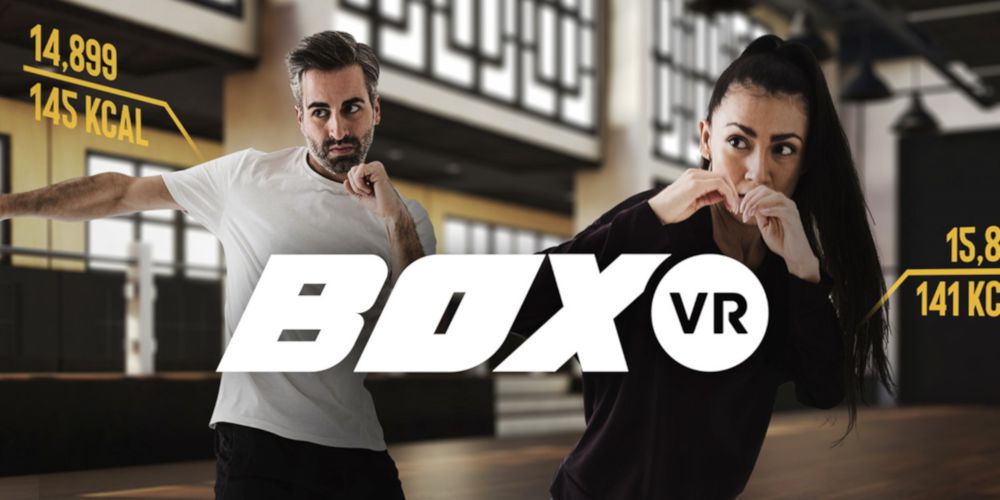It's been several weeks since I bought the Oculus Quest VR headset and I can confidently say that I am now the healthiest I've been since my college days—and it's all thanks to virtual reality.
Most VR games offer two main things: simulation and entertainment. You're given an immersive first-person experience that's novel and a lot of fun. And there's nothing wrong with that.
But when a VR game can reach beyond and improve your day-to-day life, that's when things get interesting.
BoxVR is a cardio-fitness trainer packaged as a rhythm-based boxing game. Like Beat Saber, your job is to strike notes as they come at you, and these notes are timed to the beat of a background track.
But unlike Beat Saber, which focuses more on patterns and dexterity, BoxVR is specifically designed to get your heartrate up, get your breathing going, and incorporate activity from muscle groups all around your body.
And it really works. I might actually add a few years to my lifespan thanks to this game. Here's what you need to know about BoxVR.
My review unit was provided for free, but my opinions are my own and haven't been influenced in any way.
The Good
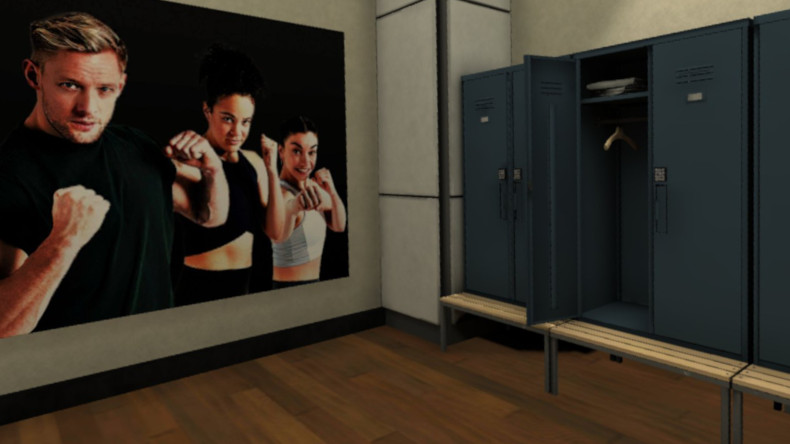
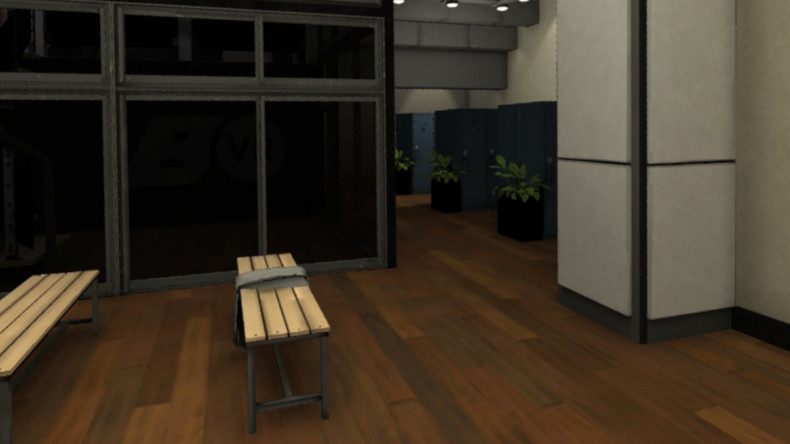
From the start, BoxVR helps you slip into an exercising mindset by placing you in the lobby of an upscale gym.
This is where you interact with the main menu, which is where you can see your personal stats and browse the different "classes" (these aren't actual classes, just premade song playlists):
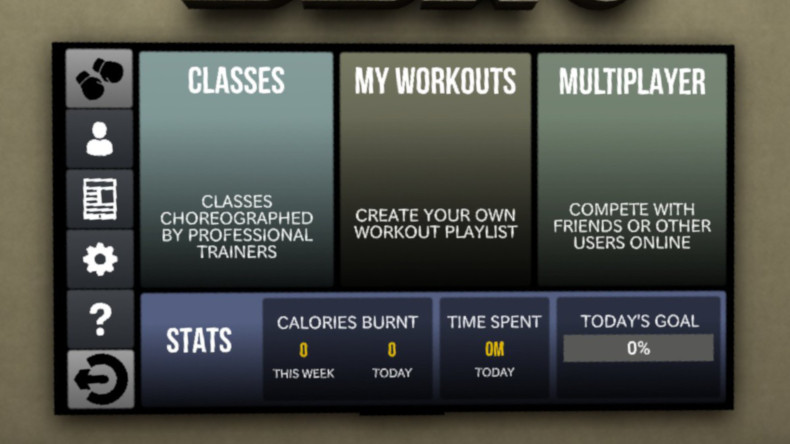
The nice thing is, you can create separate profiles for multiple players, so you can play with friends or significant others and not worry about messing up each other's stats.
You can also create your own workouts/playlists by picking from BoxVR's selection of included songs.
But I've mostly been playing with the premade workouts. At the very beginning, you'll want to ease into it with the 2-minute beginner classes, just to get used to the punches and acclimate your body to the experience.
As you progress, there are tougher workouts that can take over an hour to complete. There's also survival mode, where you keep going until you drop:
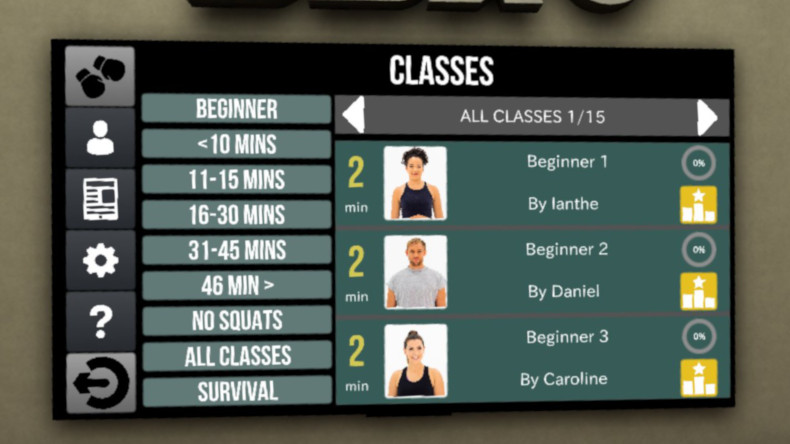
The songs in BoxVR each have their own beatmaps, and these beatmaps have been designed by professional fitness trainers commissioned by BoxVR's developers.
What are the various moves that comprise a beatmap?
- Quick jab
- Uppercut punch
- Sideways-in punch
- Front block using both hands
- Leaning to dodge slanted walls
- Squatting to duck under walls
BoxVR is an honest-to-God cardio workout machine—but the extent of the workout that you get depends on how much effort you put into it.
Sure, you can play this game with wrist flicks and from-the-elbow punches like Beat Saber, but you won't get much out of it that way.
If you give every note a full punch with full follow-through, and if you turn at the waist to involve your core in each punch, it's really good. Basically, your BoxVR sessions should be enthusiastic shadow boxing sessions.
But the key selling point, and the reason why I think BoxVR is worth every penny, is that the rhythm-based gameplay keeps the workout fun.
You're so busy focusing on the notes flying toward you that you don't realize how tired you are, at least until a song ends. You get little breathers here and there, but then you're right back into it when the next song starts.
Even though I hate doing squats, BoxVR has pushed me into doing way more squats than I've ever done, all because I'm not thinking "One more squat, one more squat." Rather, I duck under walls as they come and I get points for doing it!
The mental aspect is genuinely huge.
The Bad
While the gameplay of BoxVR is super simple and can be learned in just a few minutes, the punching itself has a bit of a learning curve.
I've played a lot of rhythm games over the years so this kind of game isn't a new concept to me, yet even I struggled with the timing of notes when I first started.
It feels like they're off-beat, and you just have to play through it to learn what the proper timing feels like. For me, I started getting the hang of it and finally felt comfortable during my third session.
The end score screen after you complete an entire workout will give you a sense of how you did. Here you can see that I struggled a bit with the timing of uppercuts:
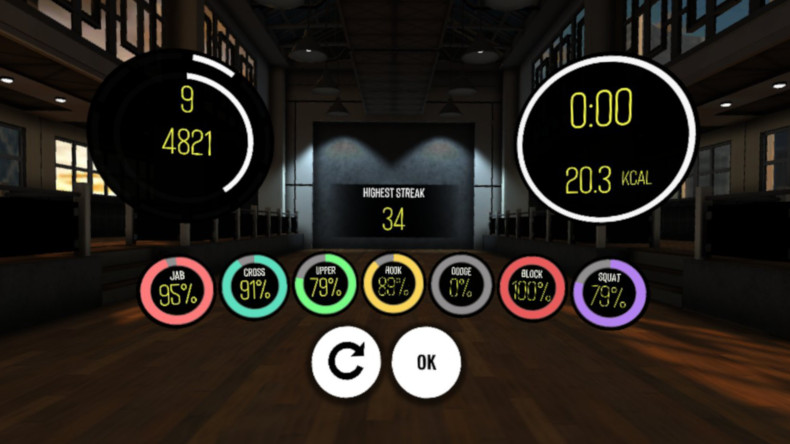
You'll also notice that I didn't squat properly, missing 21% of the duck-under walls that came at me.
This is another issue that I've run into with BoxVR, and one that I haven't been able to figure out yet: even though it feels like I'm dodging and ducking under walls, the game still thinks I'm colliding with them. It could be an issue of tracking, or it might be the game itself. I don't know what it is, to be honest.
The tracking of punches got a lot better after one of the recent Oculus Quest firmware updates, but there are still occasional times when the game will lose track of my fists and cost me a streak.
It's not a big deal for me personally because I'm in it for the exercise and not the score, but it's something to be aware of with the Quest version of BoxVR.
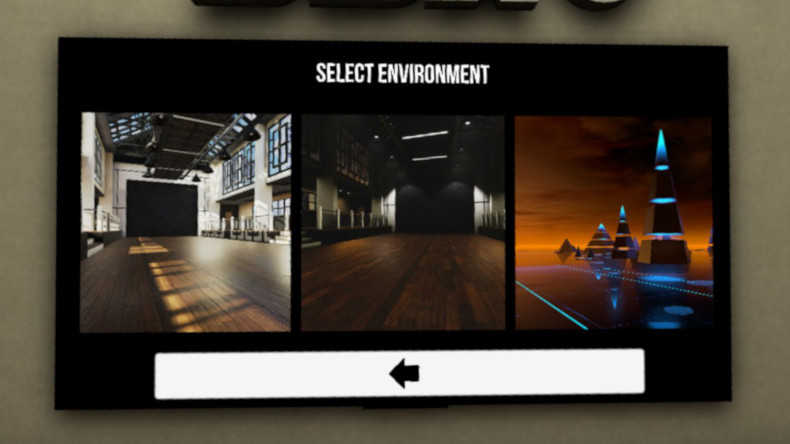
I'm also disappointed by the lack of overall variety in workouts. BoxVR gives you option to play in three different environments, but the first two are almost identical (one is the daytime version, the other is the evening version) and the third one is really out there.
It'd be nice to have a few more environments—maybe one in a forest, one in a mountain, one in an actual boxing ring, the possibilities are endless!
That said, it's the lack of variety in punch types that bothers me more. I would love to see an update that adds downward fist smashes, backhand punches, and other actions to spice things up a bit. Maybe even some walls that you have to jump over!
My last two complaints are minor: songs in BoxVR don't have difficulty levels like they do in most rhythm games, and the Quest version of BoxVR doesn't support custom songs/beatmaps even though other versions of the game do.
I really hope that latter feature is coming in the future because that would seriously make BoxVR a million times more interesting.
The Verdict
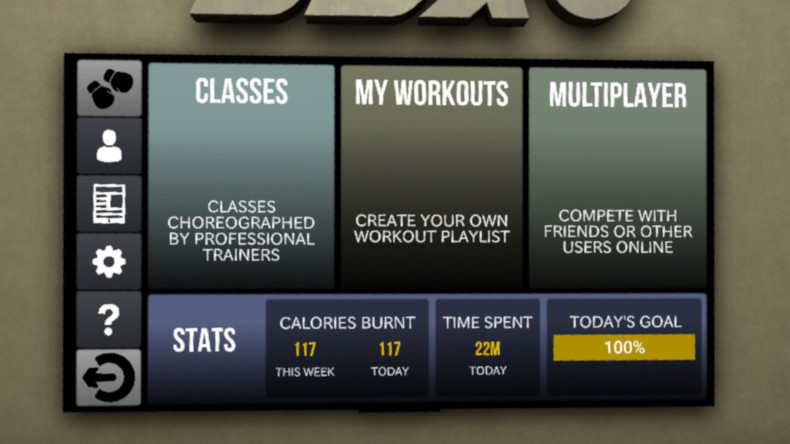
My very first BoxVR session ended with 117 calories burned in 22 minutes, and keep in mind I wasn't even "into" it because I was still learning how to play properly. I can burn up to twice as much now.
(Make sure you set your age and weight correctly in the profile settings so the game can accurately estimate your burn rate.)
Overall, BoxVR feels a lot like Tae Bo or Zumba or any of the numerous home cardio workout regimens out there—just as you end up repeating the same DVDs over and over, you'll repeat the same beatmaps in BoxVR over and over.
But who really cares? Unlike Beat Saber, this game is supposed to be about fitness first, fun second. The main thing is that it gets your body moving, your heart pumping, and your sweat pouring.
Beat Saber might be more fun and stylish as a rhythm game, but BoxVR is the better workout. As long as you can get over the learning curve of knowing exactly how to land each punch, and as long as you don't mind the repetition of a finite set of music, you'll enjoy it just fine.
BoxVR
BoxVRThe Good
- Gets you sweating and breathing hard in no time
- Incorporates the legs via squats and leans
- Wide range of workout lengths and intensities, from 2 minutes to 60+ minutes
- Workouts are designed by professional fitness instructors
- Rhythm-based gameplay keeps it fun and takes your mind off the burn
The Bad
- Not enough variety in the moves
- Songs don't have multiple difficulty levels
- No custom songs or beatmaps (at least in the Oculus Quest version)
